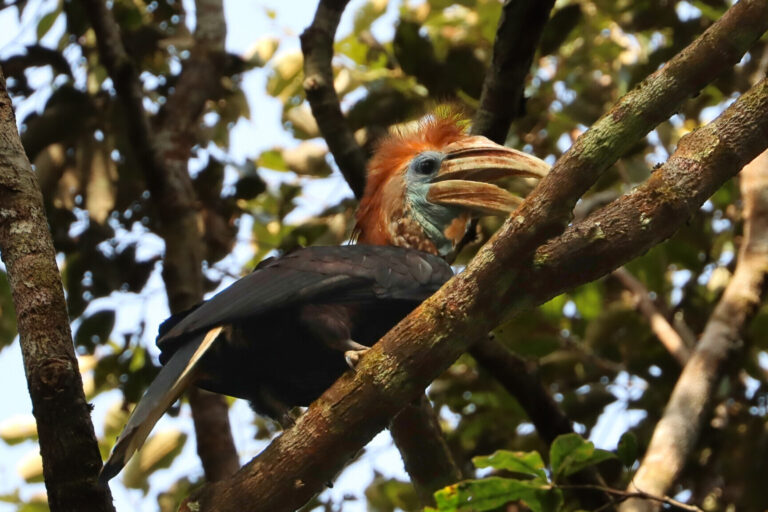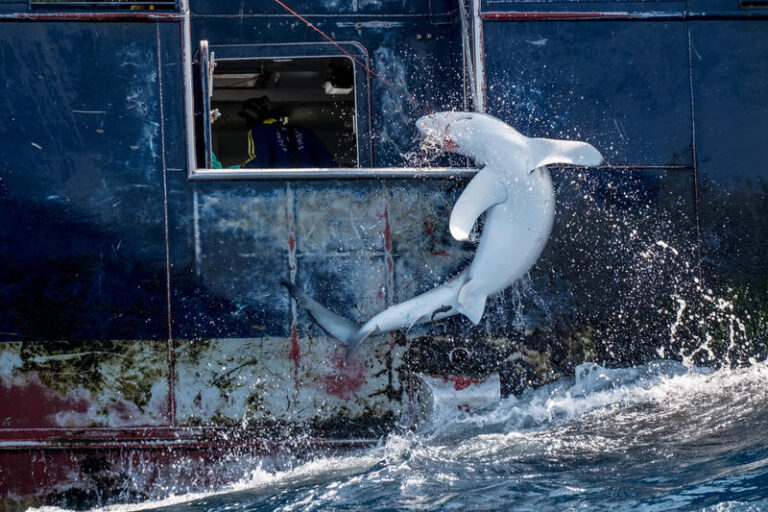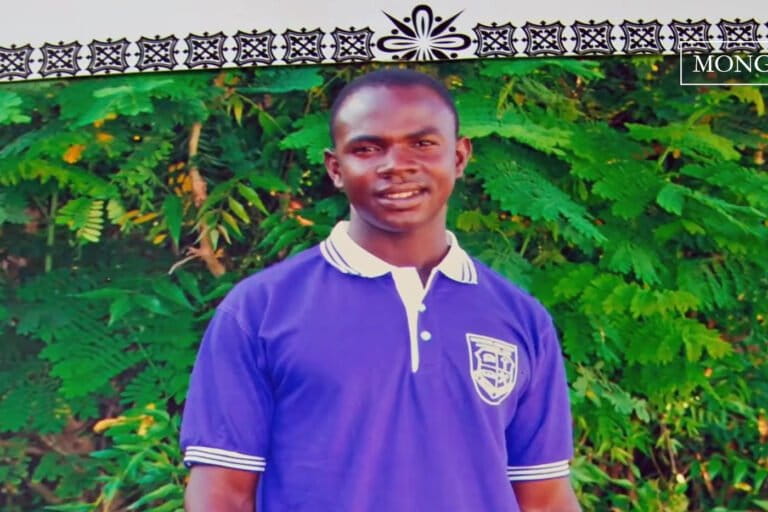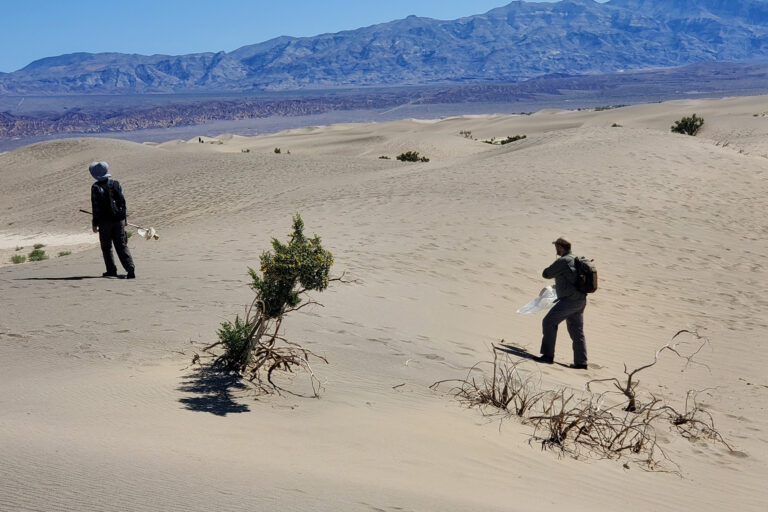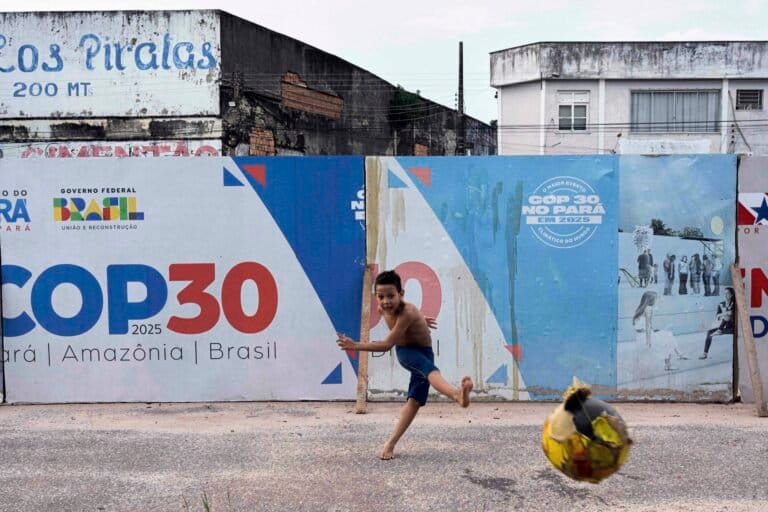- Aida Greenbury, the former Managing Director of Sustainability at APP Group and currently a board member and advisor to several organizations including Mongabay, argues that donors need to change their approaches if they want to be more effective.
- Greenbury wants to see more money go to locally-run initiatives and greater inclusivity when it comes to decision-making: Less Davos, more communities in recipient countries.
- “The real sustainable solutions to forest conservation will only be found when we embrace the local communities, treat them as equals, let them lead and own the programs and get their full buy-in,” she writes.
- This post is a commentary. The views expressed are those of the author, not necessarily Mongabay.
I was texting my Scandinavian friend who works for a donor agency, informing him about my plan to write about the role of donors in the global sustainability agenda when news of the recent decision by the Indonesian government to terminate a $1 billion forest conservation deal with Norway broke.
Initially I was saddened, but then realized it’s not really that shocking. I remember what I said publicly many years ago when the program started: The $1 billion incentive is less than 10% of the assets of some large natural-resource-based companies in Indonesia. The Indonesian government even claimed that oil palm plantation sector and the national palm oil industry are the biggest contributors to the Indonesian economy, although World Bank data showed that the combined agriculture, forestry, and fishing industry represented less than 14% of the GDP in 2020. According to GAPKI, the Indonesian palm oil industry association, the palm oil industry contributes between 10-15% to the total of Indonesian exports. Palm oil exports alone brought in $18.5 billion in 2020. If forestry and mining industries are added to the calculation, as industries which are prone to deforestation and land use change issues, this contribution will be much higher. In a nutshell, against the contribution by these industries, Norway’s $1 billion is not enough to curb deforestation.

But despite all of this, I wondered if Norway had adopted a different approach, would it have ended up any differently?
Spending half of my life working for large corporations, I hardly ever fundraised for anything to support my work other than internally for my annual budget planning. Only when I started to be involved in landscape projects, multi-stakeholder based zero-deforestation initiatives and small farmer organizations, did I start to have no choice but to try to help raise some funds needed to support their programs. What a totally different world I discovered.
“We give money to most NGOs. Our money is everywhere,” a representative of a large donor once gloated arrogantly and rather sickeningly, considering the massive amount of greenhouse gas emissions his country is contributing.

There were several donor agencies I have been exposed to: governmental, multi-lateral and private donor foundations. With both my corporate and non-profit hats on, I have collected colorful experiences with the lot. Arrogance, lack of understanding over the issues, forcing a program theme and timeframe hardly linked to what’s needed on the ground, and box-ticking exercises are the most common attitudes and situations I witnessed.
I have a problem with non-local experts running most of the discussions and projects about deforestation in areas such as Indonesia, for example. I had an argument with a major donor about their decision to appoint an American think-tank to run a forest conservation project in Indonesia, instead of the group of local scientists I proposed. How many global discussions about tropical forests have I participated in that involved mostly Europeans and Americans on the panel? It’s laughable that there have been numerous fancy seminars discussing smallholder issues without any farmers even being on the panel.
What is it? Is it distrust? Is it because most Indonesian experts and farmers don’t speak and write English properly? Is it because they don’t have an office in the Washington DC and don’t attend the World Economic Forum in Davos? Is it because the locals don’t produce reports with nice glossy covers, publish them in elite journals or launch them in London?
I have been to these global platforms and have done all those types of events, from launching programs in a secluded castle in the UK to having a discussion about tropical forests with Russian billionaires in Davos over a glass of vodka. A journalist asked me once, after I stepped out from a CEO roundtable, “How was it?” He couldn’t even enter the exclusive venue. My answer was: “I am disappointed, these CEOs and so-called climate change leaders are so detached from the real situation on the ground.”
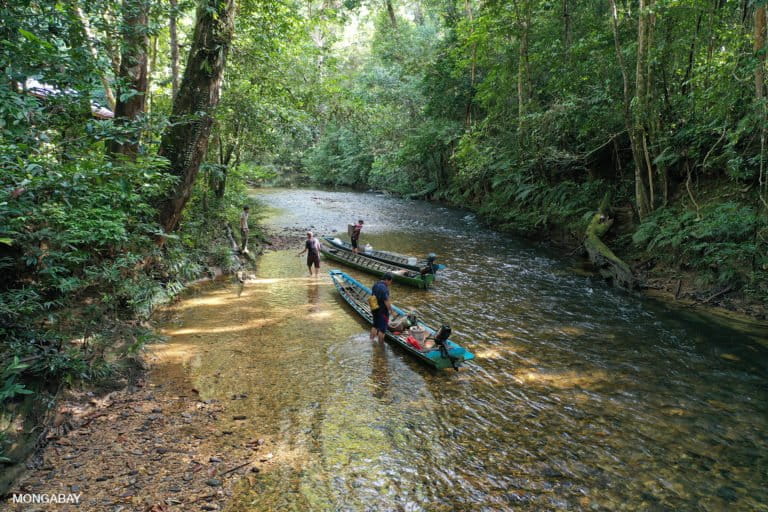
I learned a lot more from listening to a group of local communities while sitting on the hard cold floor of their worn-out house in Riau, Sumatra, Indonesia, than from a day listening to those white collars’ roundtables. I had to hold my tears when I learned how the head of the local communities told me exactly how they had been excluded, not listened to, and lied to by companies. The same companies who walked around the cold corridors in Davos; the same companies who have been embraced by some donors and paraded around as the leader in climate change.
Some donor agencies seem to have their favorite partners in their ‘exclusive clubs’. These partners are usually large western organizations and companies with impressive public relations – while the local partner NGOs and the communities are usually relegated as minions whose jobs are to collect field data and act as the token ‘local face’. Some donors also don’t like criticism, and they really don’t like when their ticked performance boxes are unticked by other parties.
I also found it strange that donor agencies for some countries refuse, or resist, to coordinate and to work collaboratively with each other to achieve shared goals. Such coordination would surely reduce replication and it would increase the efficiency and effectiveness of the programs.
It is a fact that a lot of good programs, including forest conservation programs will not be able to be implemented properly without additional international funding. Indonesia’s national budget for forest and natural ecosystem conservation of around $5 per hectare per year is one of the lowest in the world, while Indonesia’s forests are among the most carbon-dense globally. They are therefore crucial in addressing climate change. Real actions must be done to protect natural forests, in Indonesia and elsewhere. This is the responsibility of all.
One of the foundations of forest conservation is the adherence to the Free Prior and Informed Consent and involving the active participation by local communities. This approach, which has also been acknowledged by the Indonesian government, should be truly implemented by donor agencies and the powers that be from the get-go. We need to make the local communities aware that their plantations will not last without forest conservation; that fresh air, water, ecologically balanced lands and sustainable living are part of their rights.

The real sustainable solutions to forest conservation are not about boxes being ticked, or glossy reports written by international NGOs launched during UNFCCC COP events, or headlines in Tier 1 media. The real sustainable solutions to forest conservation will only be found when we embrace the local communities, treat them as equals, let them lead and own the programs and get their full buy-in. The local communities and indigenous peoples might not speak the Queen’s English, they might not belong to the 1% Indonesian elites to be paraded around, but they can be the strongest allies to mitigate failures, including the failures of donor forest conservation programs.
Aida Greenbury (Twitter @AidaGreenbury) dedicates her career life to sustainability. Based in Sydney Australia, she is a board member and advisor for several organizations, including Mongabay. Aida is the former Managing Director of Sustainability at APP Group.






